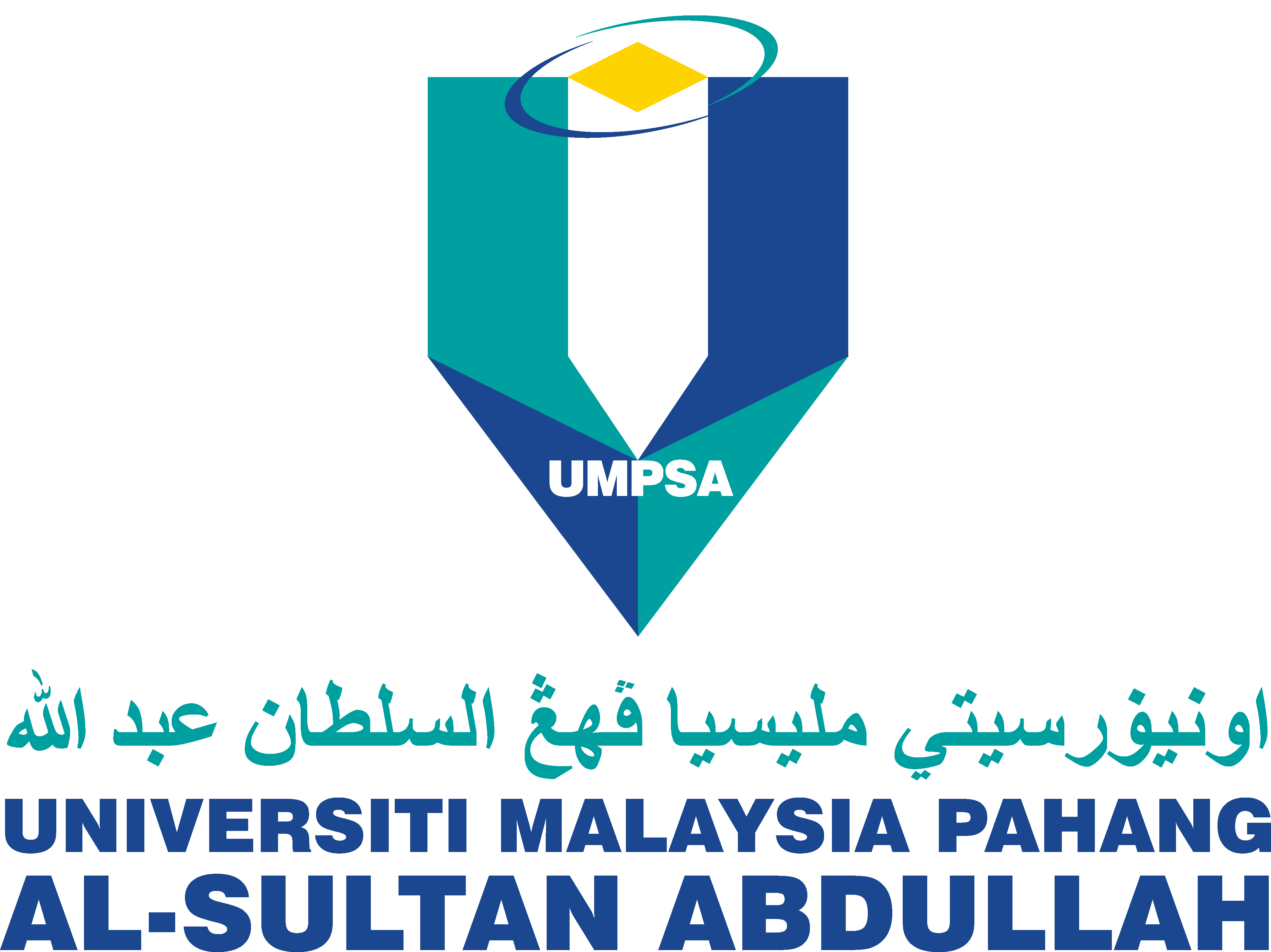EMPIRICAL ANALYSIS ON SHAREHOLDER’S WEALTH CREATION THROUGH VALUE BASED MEASUREMENT TOOLS
Keywords:
Traditional measures, Economic value added, Market Value Added, Shareholder's value, Bursa MalaysiaAbstract
We compared the relationship between traditional financial measures and economic value based financial measures with created shareholder's wealth. A value based model is created to explore the degree of value creation in the organization. The paper contributes to the existing literature on performance measurement as it had used cross sectional pooled time series data for getting greater empirical certainty on the implication of EVA. Even though economic value added was significant support it has not been reported by the companies and has not been used by investors for the investment decisions. Hence managers are suggested to pay more focus on the importance of EVA and its benefits for the shareholder’s wealth creation. It was also found that earnings per share (EPS) as a traditional measure is still enables to measure shareholder's value creation. Thus it is important to perform a comparative investigation between EVA and EPS towards shareholder's value creation. The importance of EVA as an economic measure over traditional accounting measures that would result with an effective decision making and compensation process for managers as well as shareholders.
Downloads
Published
Issue
Section
License
Copyright (c) 2015 The Author(s)

This work is licensed under a Creative Commons Attribution-NonCommercial 4.0 International License.



